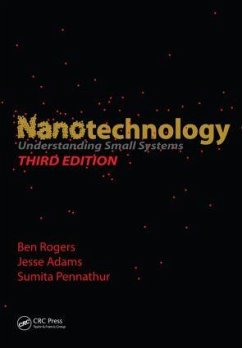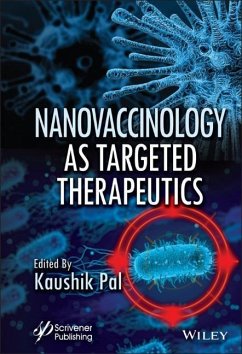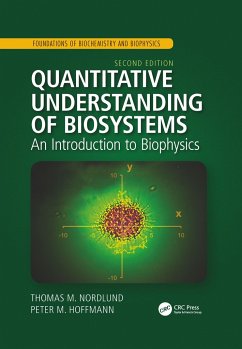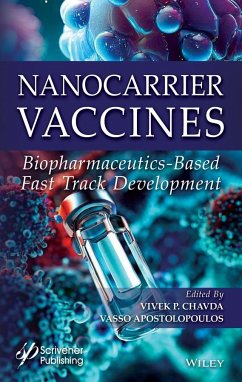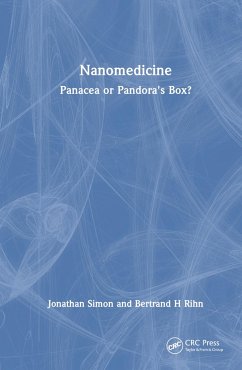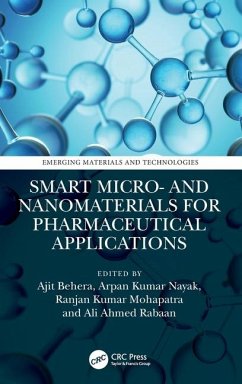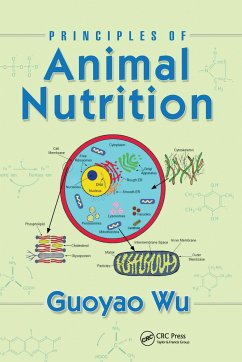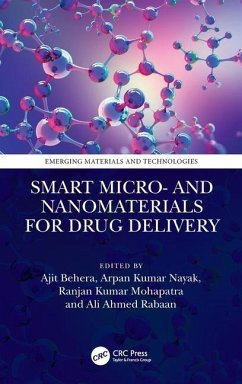Nicht lieferbar
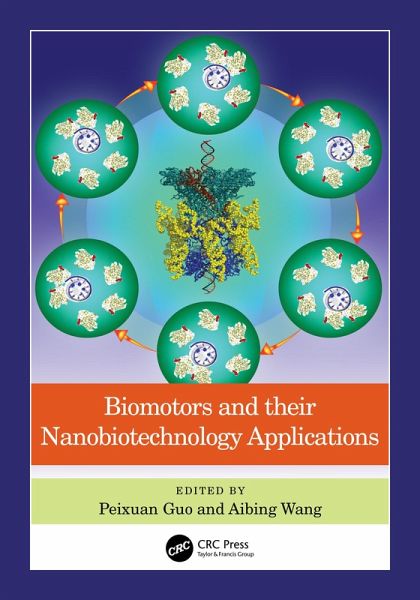
Biomotors and their Nanobiotechnology Applications
Versandkostenfrei!
Nicht lieferbar
From top academics at First Conference on Biomotors, Virus Assembly, and Nanobiotechnology Applications, this book reviews the mechanistic detail of motor proteins and structural DNA and RNA species, and demonstrates how researchers are beginning to utilize this in-depth knowledge to produce new and exciting advances in nanotechnology.





